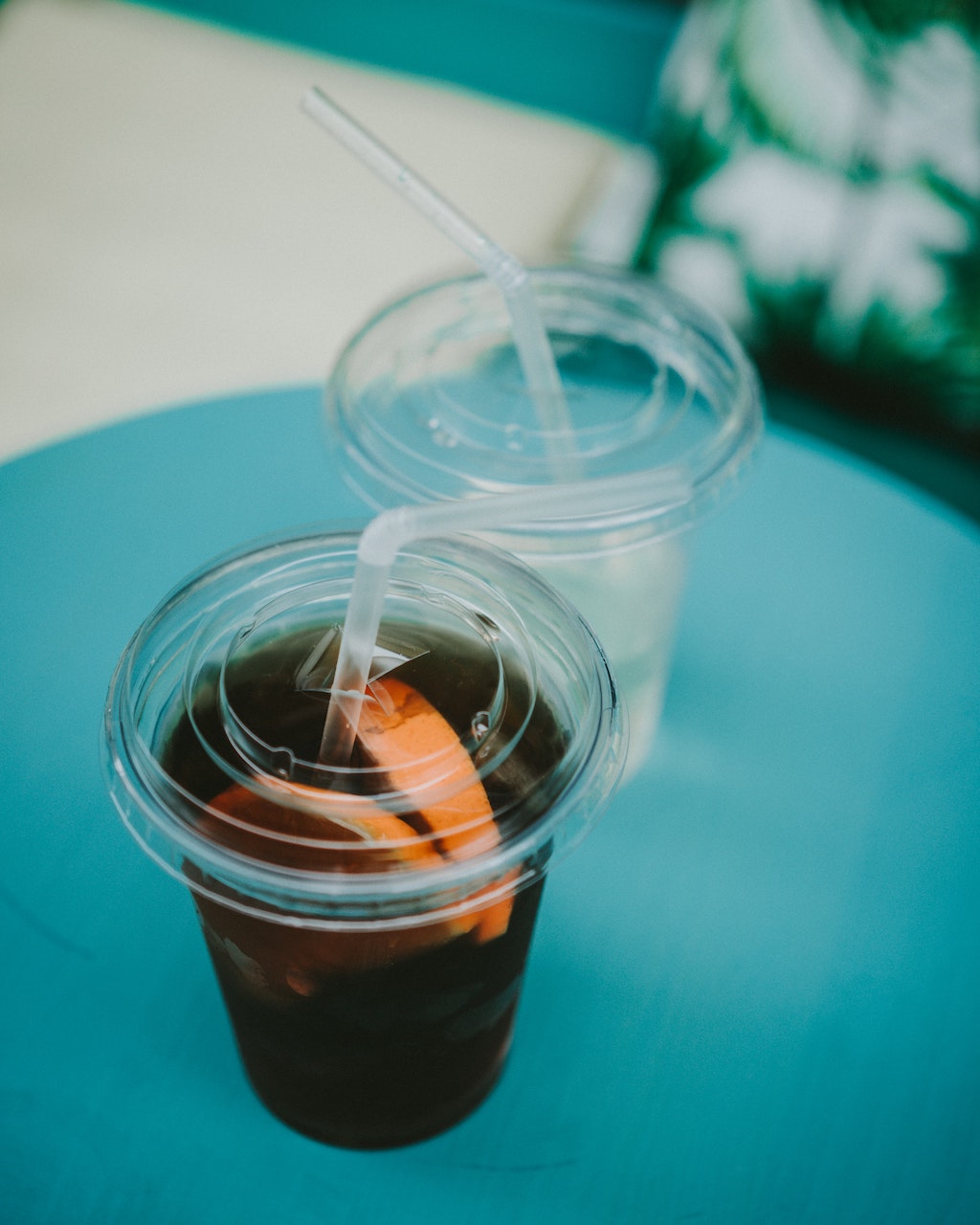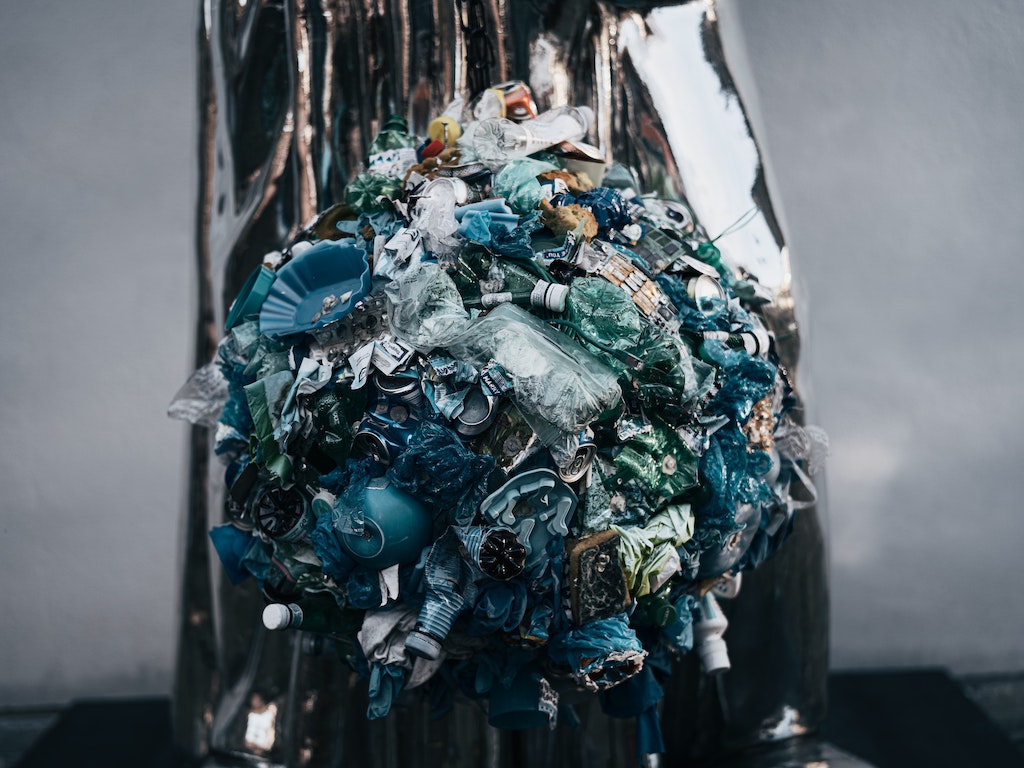3 Mins Read
Nearly a quarter of all substances that are intentionally used in everyday plastic products are toxic, new research finds. The study, which examined chemicals in plastics globally, found an “unexpectedly high” number of substances that are of “potential concern”. This means they can accumulate in organisms and the environment with dangerous health consequences.
In a new study, ETH Zürich researchers found “worrying insights” into the levels of harmful chemicals intentionally added to plastic products around the world. The research, published in the peer-reviewed journal Environmental Science & Technology, categorised 24% of all 10,500 chemicals studied as “substances of potential concern”.
Substances could pose ‘significant risk’
The study marks the first comprehensive database of plastic monomers, additives and processing aids that are used in the global plastic manufacturing industry. ETH researchers identified 10,500 total chemicals, which are used in everything from disposable surgical face masks to food packaging, textiles and toys.
These chemicals are intentionally added to the 350 million tonnes of plastic the world produces every year. Out of all the substances examined, the researchers found that 2,480 of them—24%—could pose significant risks to people, wildlife and the environment.

“This means that almost a quarter of all the chemicals used in plastic are either highly stable, accumulate in organisms or are toxic,” explained lead author Helene Wiesinger. “These substances are often toxic to aquatic life, cause cancer or damage specific organs.”
“The unexpectedly high number of substances of potential concern is worrying,” added senior scientist and research team member Zhanyun Wang. Besides impacting consumers’ health and damaging ecosystems, exposure to hazardous chemicals could also negatively impact recycling and the safety of recycled materials.
Read: Plastic emissions will soon reach irreversible tipping point, scientists warn
Lack of regulation over toxic plastic substances
Around half of the substances examined are being produced on a large scale in Europe and the U.S., noted the study. Wiesinger said it was “particularly striking that many of the questionable substances are barely regulated or are ambiguously described,” even in these countries.
Of all the substances that were classified as of potential concern, 53% were not regulated in Japan, the E.U., or the U.S. Worryingly, 901 of the hazardous substances were even approved for use in food contact, such as in food packaging, plastic takeaway containers or plastic bottles.
Read: Takeaway food packaging makes up half of ocean plastic waste, study finds

Data silos
What’s even more concerning, according to the research, is the lack of any scientific data about the impact of around 10% of all the identified potential concern substances. It means that despite being exposed to them in daily plastic products, the extent of harm to human and environmental health is still largely unknown.
“Until now, research, industry and regulators have mainly concentrated on a limited number of dangerous chemicals known to be present in plastics,” said Wiesinger.
Wang added: “Recorded hazard data are often limited and scattered. For 4,100 or 39 percent of all the substances we identified, we were not able to categorize them due to a lack of hazard classifications.”
Ultimately, the researchers believe that the data caps “ultimately hinders consumers’ choice of safe plastic products,” and called for more management, regulation and monitoring of plastic manufacturing.
All images courtesy of Unsplash.




